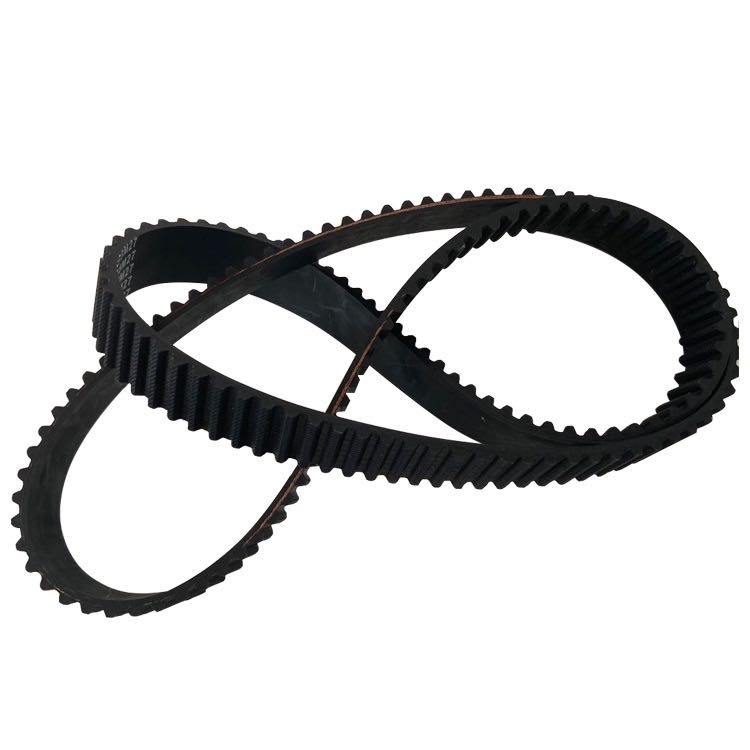- Arabic
- French
- Russian
- Spanish
- Portuguese
- Turkish
- Armenian
- English
- Albanian
- Amharic
- Azerbaijani
- Basque
- Belarusian
- Bengali
- Bosnian
- Bulgarian
- Catalan
- Cebuano
- Corsican
- Croatian
- Czech
- Danish
- Dutch
- Afrikaans
- Esperanto
- Estonian
- Finnish
- Frisian
- Galician
- Georgian
- German
- Greek
- Gujarati
- Haitian Creole
- hausa
- hawaiian
- Hebrew
- Hindi
- Miao
- Hungarian
- Icelandic
- igbo
- Indonesian
- irish
- Italian
- Japanese
- Javanese
- Kannada
- kazakh
- Khmer
- Rwandese
- Korean
- Kurdish
- Kyrgyz
- Lao
- Latin
- Latvian
- Lithuanian
- Luxembourgish
- Macedonian
- Malgashi
- Malay
- Malayalam
- Maltese
- Maori
- Marathi
- Mongolian
- Myanmar
- Nepali
- Norwegian
- Norwegian
- Occitan
- Pashto
- Persian
- Polish
- Punjabi
- Romanian
- Samoan
- Scottish Gaelic
- Serbian
- Sesotho
- Shona
- Sindhi
- Sinhala
- Slovak
- Slovenian
- Somali
- Sundanese
- Swahili
- Swedish
- Tagalog
- Tajik
- Tamil
- Tatar
- Telugu
- Thai
- Turkmen
- Ukrainian
- Urdu
- Uighur
- Uzbek
- Vietnamese
- Welsh
- Bantu
- Yiddish
- Yoruba
- Zulu
Dec . 10, 2024 21:53 Back to list
Understanding the Importance of Your Car’s Drive Belt for Optimal Performance
The Importance of the Drive Belt in Automotive Functionality
The drive belt, often referred to as the serpentine belt or accessory belt, plays a critical role in the function of an automobile. This seemingly simple component is essential to the proper operation of various engine accessories, ensuring that your vehicle runs smoothly and efficiently. Understanding the drive belt's functionality, maintenance, and potential issues can help car owners appreciate its significance in automotive performance.
What is a Drive Belt?
A drive belt is a flexible loop of rubber or polymer that connects and drives multiple peripheral devices in an internal combustion engine. Unlike timing belts, which synchronize the engine’s camshaft and crankshaft, drive belts are primarily responsible for pulleys and accessories, such as the alternator, power steering pump, water pump, air conditioning compressor, and more.
The modern serpentine belt typically has a flat, ribbed design that allows it to grip multiple pulleys simultaneously, reducing the number of belts required and simplifying the engine compartment layout. This innovation not only maximizes the use of space but also improves efficiency and reduces weight.
Functionality of the Drive Belt
The primary function of the drive belt is to transfer power from the engine’s crankshaft to various accessories, enabling them to operate. For instance, when the engine runs, it rotates the crankshaft, which in turn causes the drive belt to spin. This motion activates the accessories connected to the belt. Unlike older cars that used several different belts to connect individual accessories, most modern vehicles utilize a single serpentine belt, which is more efficient and easier to replace.
One of the most important functions of the drive belt involves the alternator, which generates electrical power for the vehicle's electrical systems. Without a properly functioning drive belt, the alternator cannot charge the battery, leading to potential breakdowns and electrical failures.
Signs of Drive Belt Issues
Like any car component, the drive belt is subject to wear and tear over time. Recognizing the signs of a failing drive belt is crucial for preventing potential damage to the vehicle and ensuring safety. Some common symptoms of a problematic drive belt include
car drive belt

1. Squeaking or Squawking Noises A high-pitched squeal when starting the engine or during acceleration may indicate that the belt is worn out or misaligned.
2. Cracks and Wear Inspecting the belt visually can reveal cracks or fraying. These are strong indicators that the belt needs immediate attention.
3. Loss of Power Steering If the power steering feels heavy or non-functional, it could signify that the drive belt has slipped or broken.
4. Overheating Engine A failing water pump, driven by the belt, can lead to engine overheating. Regularly checking the belt's integrity can help prevent this issue.
Maintenance and Replacement
Regular maintenance of the drive belt is essential for prolonging its lifespan. Most manufacturers recommend inspecting the drive belt at every oil change, typically every 5,000 to 7,500 miles. Checking for signs of wear, tension, and alignment can save car owners from unexpected failures.
Replacement intervals for drive belts can vary. Some manufacturers suggest replacing the belt every 60,000 to 100,000 miles, while others may allow for longer intervals based on usage and conditions. It’s imperative to follow the vehicle manufacturer’s recommendations for your specific model.
Conclusion
The drive belt is a vital component of your vehicle's engine, playing an essential role in its overall functionality. Regular inspection and timely replacement can prevent larger issues and costly repairs, ensuring that your vehicle operates at its best. Understanding the importance of the drive belt not only helps you maintain your car but also empowers you with knowledge to make informed decisions regarding your vehicle's health. So next time you hear a strange noise or notice changes in your vehicle's performance, remember the significant role the drive belt plays in your car's operation!
-
Korean Auto Parts Timing Belt 24312-37500 For Hyundai/Kia
NewsMar.07,2025
-
7PK2300 90916-T2024 RIBBED BELT POLY V BELT PK BELT
NewsMar.07,2025
-
Chinese Auto Belt Factory 310-2M-22 For BMW/Mercedes-Benz
NewsMar.07,2025
-
Chinese Auto Belt Factory 310-2M-22 For BMW/Mercedes-Benz
NewsMar.07,2025
-
90916-02660 PK Belt 6PK1680 For Toyota
NewsMar.07,2025
-
drive belt serpentine belt
NewsMar.07,2025

